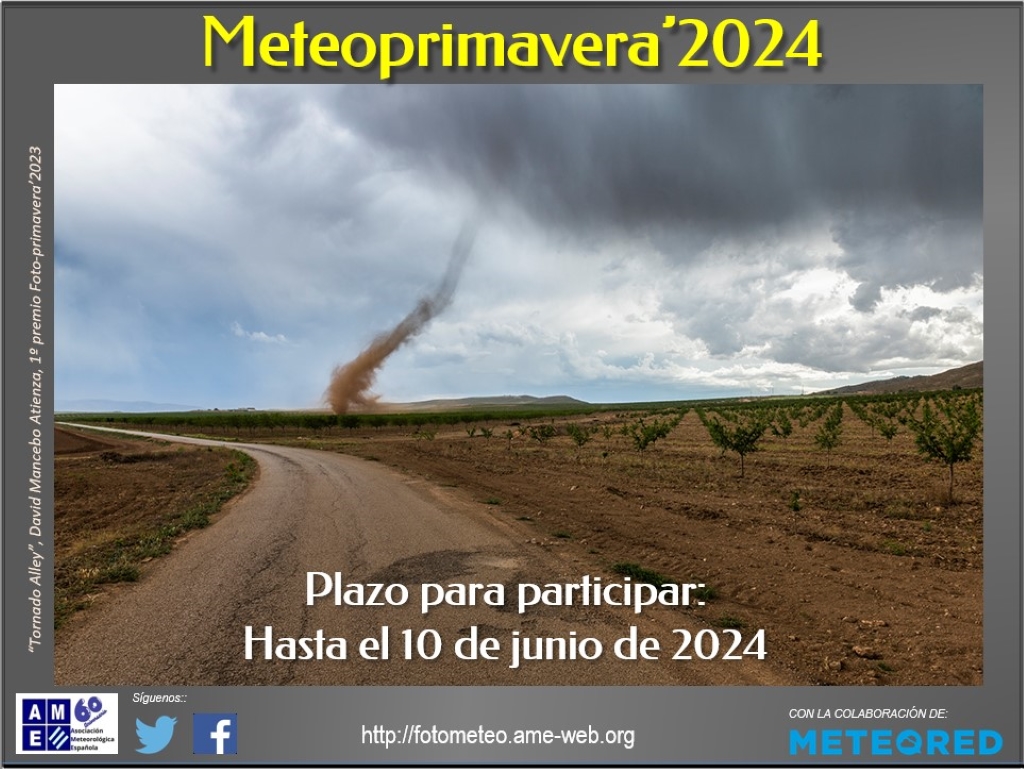Seminario: "El Niño as a predictor of round sardinella distribution along the northwest African coast"
- Publicado: Jueves, 05 Noviembre 2020 10:32
- Visto: 754
El próximo Jueves, 05 de Noviembre a las 16:00hrs, el Dr. Jorge López Parages de la Universidad Complutense de Madrid impartirá el seminario titulado: "El Niño as a predictor of round sardinella distribution along the northwest African coast", al que podrán acceder a través de:
https://meet.google.com/odw-qjko-vmk
Esta charla forma parte del Ciclo de Seminarios de Meteorología, enmarcados dentro del Máster de Meteorología y Geofísica.
Abstract
The El Niño Southern Oscillation (ENSO) produces global marine environment conditions that can cause changes in abundance and distribution of distant fish populations worldwide. Understanding mechanisms acting locally on fish population dynamics is crucial to develop forecast skill useful for fisheries management. The present work addresses the role played by ENSO on the round sardinella population biomass and distribution in the central-southern portion of the Canary Current Upwelling System (CCUS). A combined physicalbiogeochemical framework is used to understand the climate influence on the hydrodynamical conditions in the study area. Then, an evolutionary individual-based model is used to simulate the round sardinella spatio-temporal biomass variability. According to model experiments, anomalous oceanographic conditions forced by El Niño along the African coast cause anomalies in the latitudinal migration pattern of the species. A robust anomalous increase and decrease of the simulated round sardinella biomass is identified in winter off the Cape Blanc and the Saharan coast region, respectively, in response to El Niño variations. The resultant anomalous pattern is an alteration of the normal migration between the Saharan and the Mauritanian waters. It is primarily explained by the mod- ulating role that El Niño exerts on the currents off Cape Blanc, modifying therefore the normal migration of round sardinella in the search of acceptable temperature conditions. This climate signature can be potentially predicted up to six months in advance based on El Niño conditions in the Pacific.



